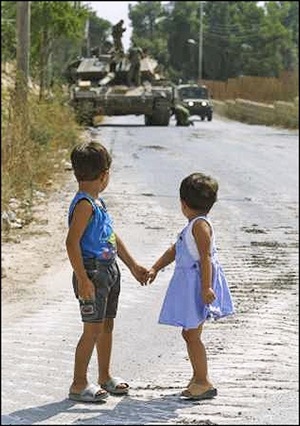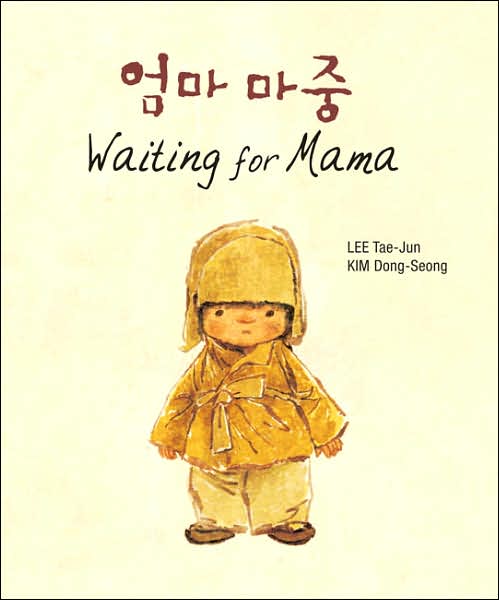by Barbara Thompson-Book, Indiana University Southeast, New Albany, IN
Fellow travelers, when I was looking at books for the Americas during week two, I failed to mention books on Haiti. That oversight does not mean that there are not some wonderful books available about the island nation so on our minds right now. As teachers and parents, our children and students must certainly have questions about what they are seeing on the news, so I have researched some titles you might want to share and have looked at Web sites that support these books. I want to issue this disclaimer, I have not read some of these books. I am working from reviews published in Horn Book Guide. I used as my search criteria the score of 3 (out of 6 with 1 being highest, and realizing that Horn Book Guide rarely gives out a 1) as the cut off for acceptable books. This does not guarantee that the books are authentic, nor does it guarantee that there aren’t issues of stereotyping in the books. Given the urgency of the topic, I’d rather have the titles out there than err on the side of caution.
Continue reading





 Last month, Janine Schall interviewed children’s book writer and illustrator Xavier Garza, who publishes his books in English and in Spanish because he thinks children should be exposed to their first language or to a language other than their own. More and more publishing companies, particularly smaller, independent publishers, are publishing dual language books. This week, I’d like to examine bilingual books and the role they can play in the classroom. Next week, I’ll focus on some of the outstanding bilingual books that are being published by independent publishers.
Last month, Janine Schall interviewed children’s book writer and illustrator Xavier Garza, who publishes his books in English and in Spanish because he thinks children should be exposed to their first language or to a language other than their own. More and more publishing companies, particularly smaller, independent publishers, are publishing dual language books. This week, I’d like to examine bilingual books and the role they can play in the classroom. Next week, I’ll focus on some of the outstanding bilingual books that are being published by independent publishers.